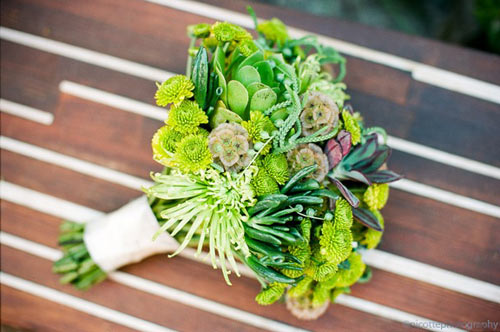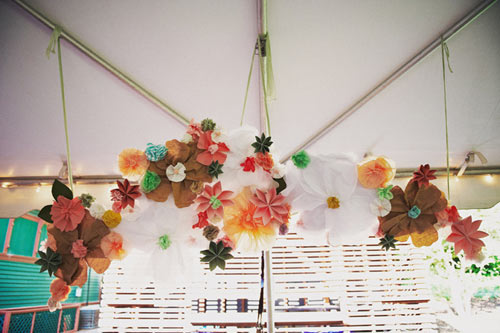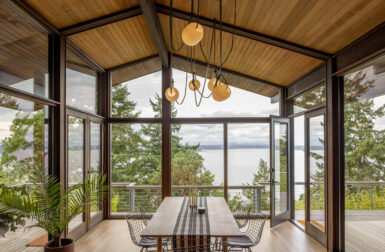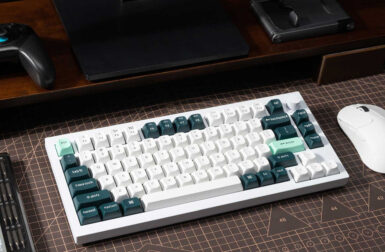
Tend design by Sarah Yates Photography
Your wedding is a sacred event. When you finally make it to your nuptials, the last thing you should be worrying about is the carbon footprint your walk down the aisle is playing out on the planet. Wedding flowers arguably carry the heaviest environmental impact but are also one of the easiest areas you can lighten the load. Thank goodness because next to the bride, wedding floral is the second most important belle of the ball! The following guide will help bring the greenest greens, whether you are the savvy couple looking to hire conscientious vendors or the DIY modern bride braving her own arrangements.

Tend design by Sarah Yates Photography
Shop local & seasonal
The United States floral industry imports 60% of its flowers from as far away as Colombia, Kenya, and Holland and you can imagine the human and environmental resources needed to cut, process, ship, and preserve flowers in a state of suspended freshness… a 24-48 hour process over thousands of miles from growing field to supermarket. Ack!

Tend design by Joielala Photographie
In just 40 years, the US has gone from producing 1.2 billion blooms of the major flowers (roses, carnations, chrysanthemums) and importing only 100 million, to currently importing two billion and growing only 200 million (see this Smithsonian article for more info). When I decided to offer green weddings, I was concerned that my local flower options would be limited. Not only did I find a vast floral palette locally available, I consistently find that the quality of fresh-from-the-field flowers far surpasses the imported — and especially the non-seasonal — varieties. Check with local floral marts or refer to online guides for a list of seasonal and if possible, locally-grown flowers. This will not only spare the environment a heavy toll but choosing seasonally will save you money.

Photo via Utterly Engaged


Tend design by Sarah Yates Photography
Go go organic
Organic flowers are slightly more challenging to procure but the greater demand brings greater supply so keep asking every chance you get. The flower industry is the number one user of agricultural chemicals; chemicals known to be extremely harmful to humans, particularly the workers who process them, and the environment as a whole. 50% of Costa Rican floraculture workers are said to suffer pesticide poisoning, floral artists often battle dermatitus, and who wants to be inhaling toxic chemicals when taking a whiff of nature’s blossoms? Ew. Buying organic supports local farmers committed to responsible farming methods, methods that yield numerous and far-reaching benefits for planet, flower, grower, processor, designer, retailer, and consumer. And it’s just a down-right kind and meaningful thing to do for your oh-so-special day.

Tend design by She Wanders Photography

Tend design by Scott Caligure Photography
Rethink the pruning shears
I don’t mean to sound unromantic but have you ever looked around a wedding and silently sighed at the excess waste being generated for only a matter of hours? So much planning and money for something that goes by in the blink of an eye…it just doesn’t seem fair (for the people nor the environment). One way to move beyond the rampant single-use consumerism of the wedding world is to incorporate sustainable floral.

JL Design by Aaron Young Photography

Monochromatic succulent & local flower design by Tend, shot by Picotte Photography
Tip 1: Potted succulents can serve double duty as a table marker and fantastic party favor: stick an escort card in the soil and voila, folks know where to sit and get to savor their living gift for years to come (move over Jordan almonds).

Tend design by Sarah Yates Photography
Tip 2: Use all or some living flora in your centerpieces and personal body flowers. Replace cut flowers with potted succulents, bromeliads, bulbs, ferns, moss, grasses, edibles, and tillandsias. Wire succulent cuttings and air plants for bouquets and boutonnieres, then return them to their natural habitat after the event.

Tend designs by Scott Caligure Photography

Tend designs by Scott Caligure Photography

Living table runner by Tend and Sugar & Fluff, shot by Brandon Kidd Photography

Tend succulent, local flower, & tilly design, shot by She Wanders Photography

Kale, succulent, and tillandsia air plant design by Tend. Photography by Scott Caligure
Tip 3: Dried or preserved botanicals allow you to use out-of-season flowers with the added benefits of durability (great for hot weather conditions) with the fun of the unexpected. Preserve your own in advance or check your local floral supply or craft store for things like balsa wood flowers, strawflower, millet, lotus, echinacea and scabiosa pods, mossy branches, and amaranthus.

Local & preserved flower, cut grass, and succulent design by Tend, photography by Kristin Genna Photography

Tend design by Teresa Heath Photography

Local berry & grass design by Tend, shot by Joielala Photographie

Or for the crafty couple, paper flowers in the vein of installation artist Ashley Meaders can be a show-stopper and will similarly last a lifetime. Couture lovelies available here.

Photo: Kyle Hale

Tip 4: Grow your own. Cutting gardens are the ultimate way to minimize your enviro impact. Cultivating blooms from bulbs and shrubs you have grown yourself gets you top honors for both green practices and DIY effort!


Cutting garden design of local succulents and protea by Tend
To love — and healthy planet — ever-lasting!
Recommended reading: The Flower Farmer: An Organic Grower’s Guide to Raising and Selling Cut Flowers, Revised and Expanded by Lynn Byczynski, The Botany of Desire: A Plant’s-Eye View of the World
by Michael Pollan, and eco-enthused blogs such as Style Me Pretty, 100 Layer Cake, Utterly Engaged, and Green Wedding Shoes.





